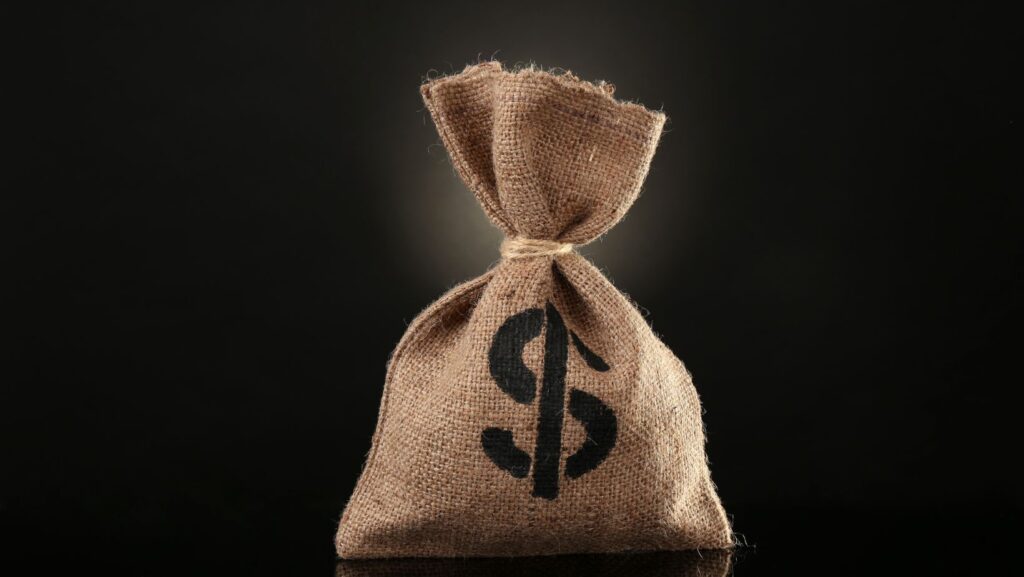Fascinating History and Practical Uses of Money Bag in Various Industries
Money Bag
Exploring the historical evolution of money bags offers valuable insights into the concept’s enduring symbolism and significance across different eras. From ancient civilizations to modern times, these symbols of wealth have represented financial security and prosperity.
- Ancient Civilizations
- In ancient Greece and Rome, money bags symbolized affluence and financial success.
- They were often depicted in art and literature as attributes of gods, kings, and wealthy individuals.
- Middle Ages and Renaissance Era
- During the Middle Ages and the Renaissance period, money bags became associated with successful merchants and traders.
- The image of a money bag was a sign of prosperity and thriving businesses in burgeoning economies.
- Modern Times
- In contemporary society, money bags continue to symbolize financial security and investment opportunities.
- They are commonly used in visual media and advertisements to signify wealth and prosperity.

Materials Used in Crafting Money Bags
Crafting money bags requires a selection of durable and stylish materials that reflect the significance and value associated with wealth and prosperity throughout history. Creating money bags involves using various fabrics, metals, and embellishments to ensure a blend of functionality and aesthetic appeal. The materials used in crafting money bags have evolved over time, adapting to changing trends while maintaining a sense of elegance and sophistication.
- Fabric:
Money bags are commonly crafted using luxurious fabrics such as velvet, silk, or brocade to symbolize wealth and opulence. These fabrics offer a rich texture and sheen that enhance the bag’s appearance, making it an accessory that exudes prosperity and success. - Leather:
Leather is a popular choice for crafting durable and stylish money bags. It provides a timeless appeal and adds a touch of sophistication to the bag. Leather money bags are not only sturdy and long-lasting but also have a classic charm that resonates with the idea of financial stability and luxury. - Metallic Embellishments:
Money bags often feature metallic embellishments such as gold or silver trims, clasps, or chains. These details add a touch of elegance and luxury to the bag, symbolizing wealth and prosperity. The use of metallic accents enhances the overall design of the money bag, making it a statement piece that conveys a sense of affluence. - Gemstones:
In some cases, money bags are adorned with gemstones to elevate their appearance and value. Gemstone embellishments such as diamonds, rubies, or sapphires add a touch of extravagance and luxury to the bag, making it a striking symbol of wealth and status.

Notable Designs and Features of Money Bags
Exploring the evolution of money bags reveals a myriad of notable designs and features that have characterized these symbols of wealth throughout history. Craftsmen, artisans, and designers have intricately crafted money bags using a variety of materials to embody opulence, sophistication, and financial security.
- Materials: Money bags have been fashioned from a range of luxurious materials to signify affluence. These include sumptuous fabrics like velvet and silk, durable leather, and embellishments such as gold or silver trims. Gemstones like diamonds or rubies have also been incorporated into the design of money bags, elevating their aesthetic appeal and reinforcing their symbolic value.
- Craftsmanship: The meticulous craftsmanship involved in creating money bags reflects the attention to detail and artistry dedicated to these items. Skilled artisans meticulously select materials, stitch intricate designs, and add embellishments to craft exquisite money bags that exude elegance and sophistication.
- Design Elements: Money bags feature various design elements that contribute to their distinctiveness. From elaborate embroidery and intricate patterns to ornate closures and decorative motifs, each design element is carefully chosen to enhance the visual appeal and symbolism of the money bag.
- Symbolism: The design of money bags often incorporates symbolic motifs that represent wealth, prosperity, and financial abundance. These symbols may include depictions of coins, gems, or other elements associated with affluence and success, reinforcing the significance of money bags as emblems of prosperity.
Money bags have played a crucial role throughout history, symbolizing wealth and financial security. From their evolution to practical applications in various industries, their significance remains undeniable. Whether in banking, retail, or entertainment, money bags serve as vital tools for securely managing transactions and enhancing authenticity. When selecting a money bag, factors like material, size, and security features are essential for functionality and suitability. By understanding these aspects, individuals and businesses can make informed decisions to ensure the safe handling of valuable items and cash.
